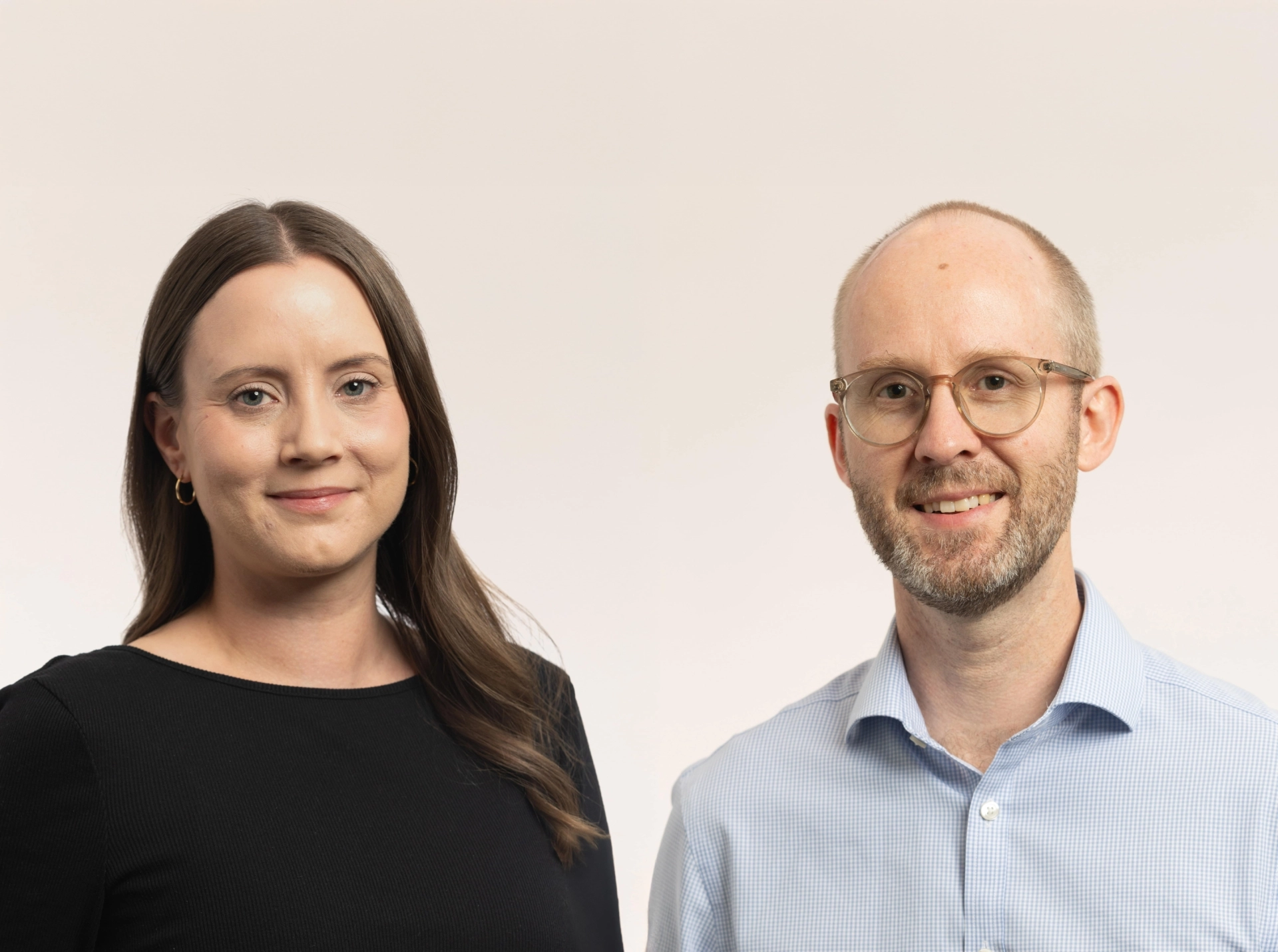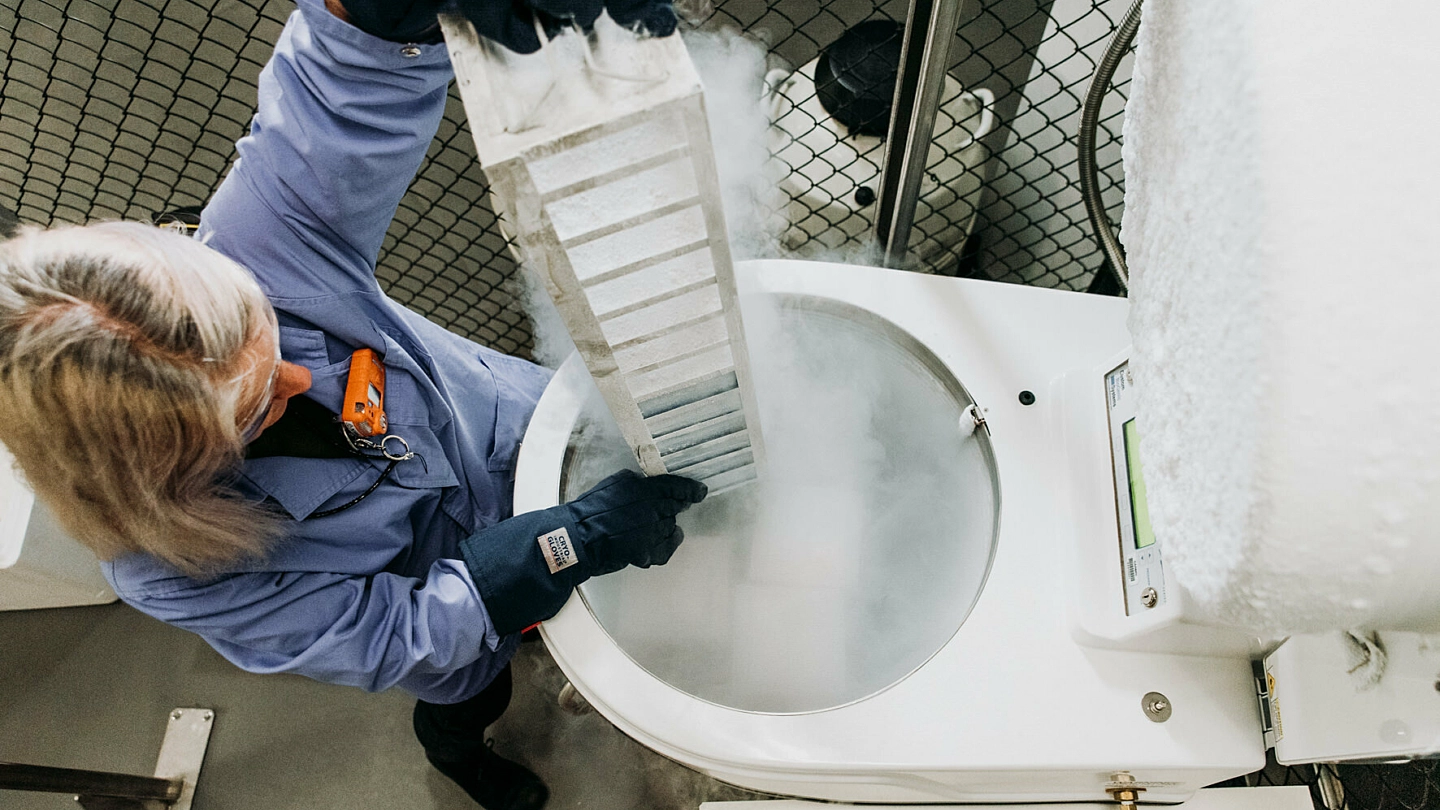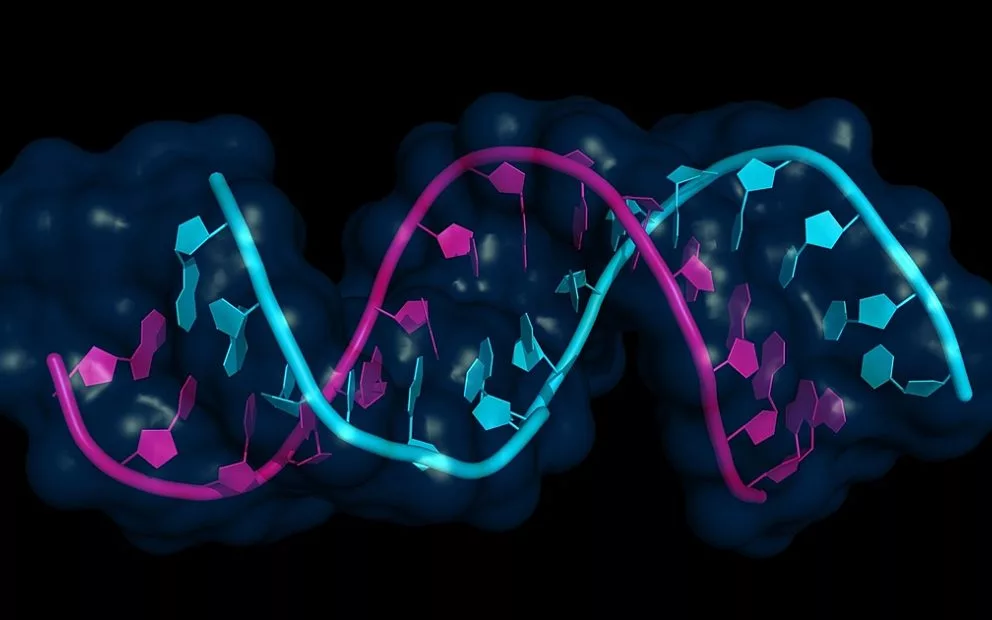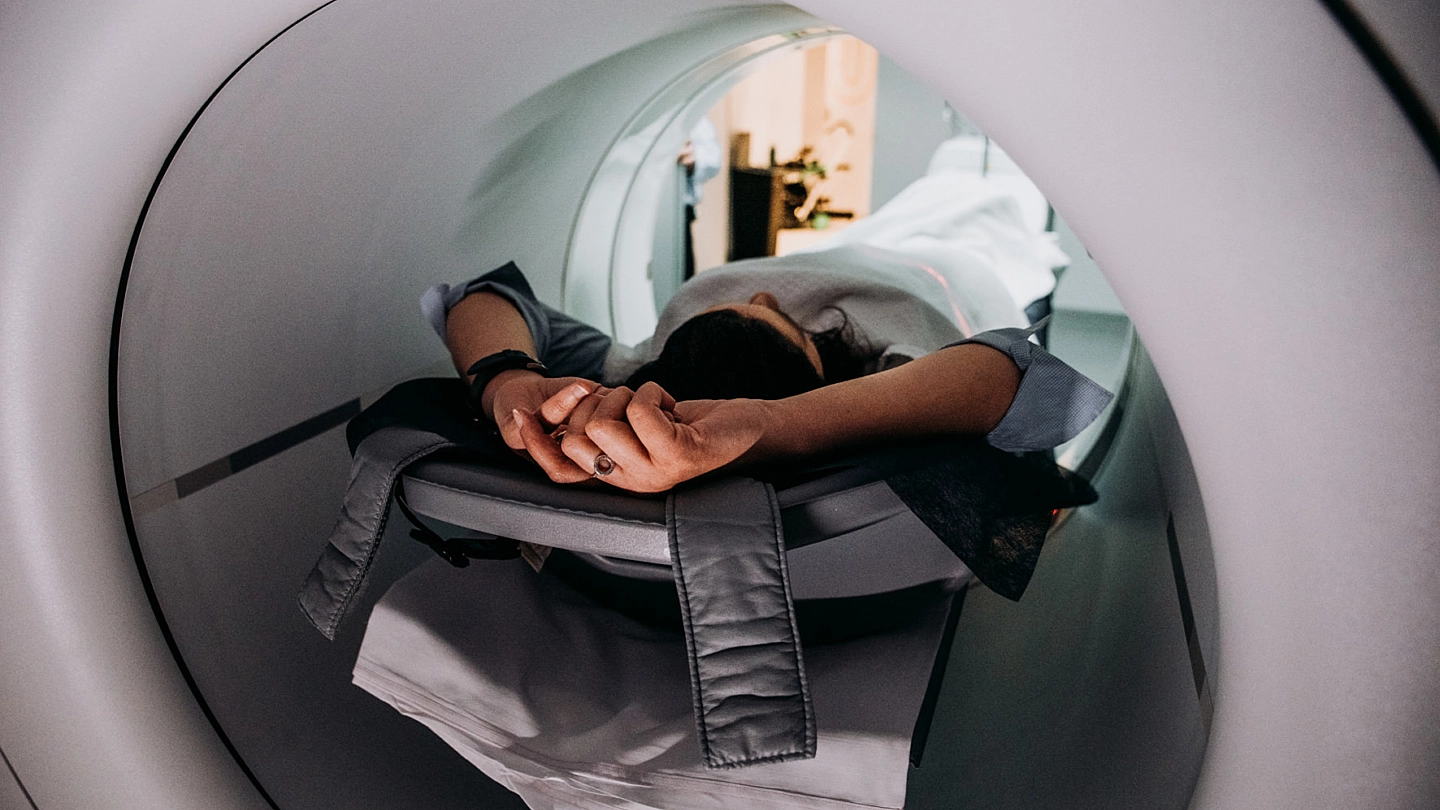Two SAHMRI-based early and mid-career researchers have been awarded a two-year project grant and a three-year Fellowship respectively, by the Hospital Research Foundation Group (THRF), to advance their studies in preterm health and diabetic wound healing.
Associate Professor Thomas Sullivan’s fellowship is based on developing statistical methods to improve the design and analysis of infant nutrition trials.
A/Prof Sullivan will apply these methods in studies aiming to improve health outcomes for very preterm babies and reduce childhood food allergy.
The project will investigate the role of polyunsaturated fatty acids in the development of bronchopulmonary dysplasia, a serious lung disease, and longer-term cognition in babies born less than 29 weeks.
“Approximately one in two very preterm babies will develop bronchopulmonary dysplasia, a condition linked to long-term pulmonary and neurodevelopmental impairment,” A/Prof Sullivan said.
“Previous work has shown supplementing these babies with docosahexaenoic acid improves their cognition but may increase bronchopulmonary dysplasia risk.
My work will identify promising new supplementation strategies for improving both bronchopulmonary dysplasia risk and cognition.”
A/Prof Sullivan will also lead a study seeking to help families reduce the risk of food allergies in children by identifying critical windows for introducing egg and peanut into the infant diet. This will include assessing how maternal intake of egg and peanut during pregnancy and breastfeeding influences the propensity to develop food allergy.
Dr Emma Solly is developing a nanoparticle delivery system capable of delivering a specific microRNA inhibitor to diabetic wounds, in the hope of restoring diabetes-impaired blood vessel growth and wound healing.
Diabetes-related foot ulcers are a significant burden, impacting up to 25% of people with diabetes and leading to amputation in 20% of cases. Diabetes drastically slows down the body’s natural ability to grow new blood vessels, which delays healing and increases the risk of amputation.
“microRNAs are small genetic targets present in our body that can control multiple pathways at the same time. This makes them ideal targets for complicated diseases including diabetes,” Dr Solly said.
“Inside the low oxygen environment of a wound, this nanoparticle gets broken down, which then allows for the release of the microRNA inhibitor. Releasing this inhibitor only at sites where it’s required will hopefully reduce side effects and increase the effectiveness of the therapy.”
Dr Solly’s team is also looking at whether the microRNA could be used as a clinical biomarker to predict wound healing, having previously shown that levels are highly elevated in a small group of Indigenous patients, a population at high risk of diabetes-related vascular complications.
“We want to determine if these findings are also seen in a wider patient population so that we can identify patients that would benefit the most from this type of therapy,” Dr Solly said.
This therapy may have the potential to heal wounds that are currently unhealable, providing immense benefits for people living with diabetes, particularly those with non-healing foot ulcers.





